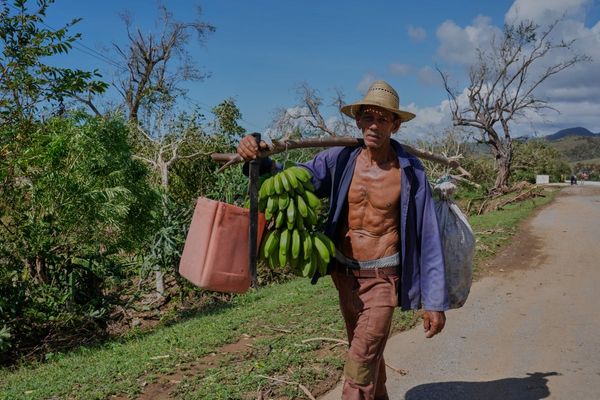
A fluffy native mouse is among the Australian animals added to the international red list of threatened species, with conservationists warning of an escalating global extinction crisis.
There are 742 endangered Australian plants and animals on the International Union for Conservation of Nature's Red List of threatened species, which grew by six species in the past year.
Australian Conservation Foundation campaigner Jess Abrahams said disappearing wildlife was a dire warning for the planet.

"Wildlife populations across Australia and across the planet are in decline, and we will lose many species if urgent action isn't taken to stop rampant deforestation, invasive species and climate change," he said on Monday.
Mr Abrahams said Australia had one of the worst extinction rates in the world, with more extinct mammals than any other nation.
"If this isn't motivation for the Albanese government to strengthen Australia's national nature laws, what is?" he said.
"Any further delays to law reform risks further extinctions."
The species now at risk of extinction include the heath mouse, found in southwest Victoria, southern South Australia and southern Western Australia.
The pint-sized grey-brown rodent, with bulging eyes and short, rounded ears, is threatened by feral domestic cats, red foxes, fire and habitat destruction due to human activities and climate change.

The curlew sandpiper, a migratory bird that can be spotted on shorelines around the nation, has also been added to the list.
It's threatened by habitat destruction and human disturbance, including at the Hunter River Estuary near Newcastle.
Sandpiper numbers have also declined in inland wetlands, which is thought to be associated with the destruction of sites in the Murray-Darling Basin.
The giant clam and smooth giant clam, the grey plover and the broad-billed sandpiper were also added to the list.
Established in 1964, the red list has become the world's most comprehensive information source on the global extinction risk status of animal, fungus and plant species.
The koala, the bogong moth, the greater glider, the regent honeyeater and the blue whale are among the other Australian animals on the list.







